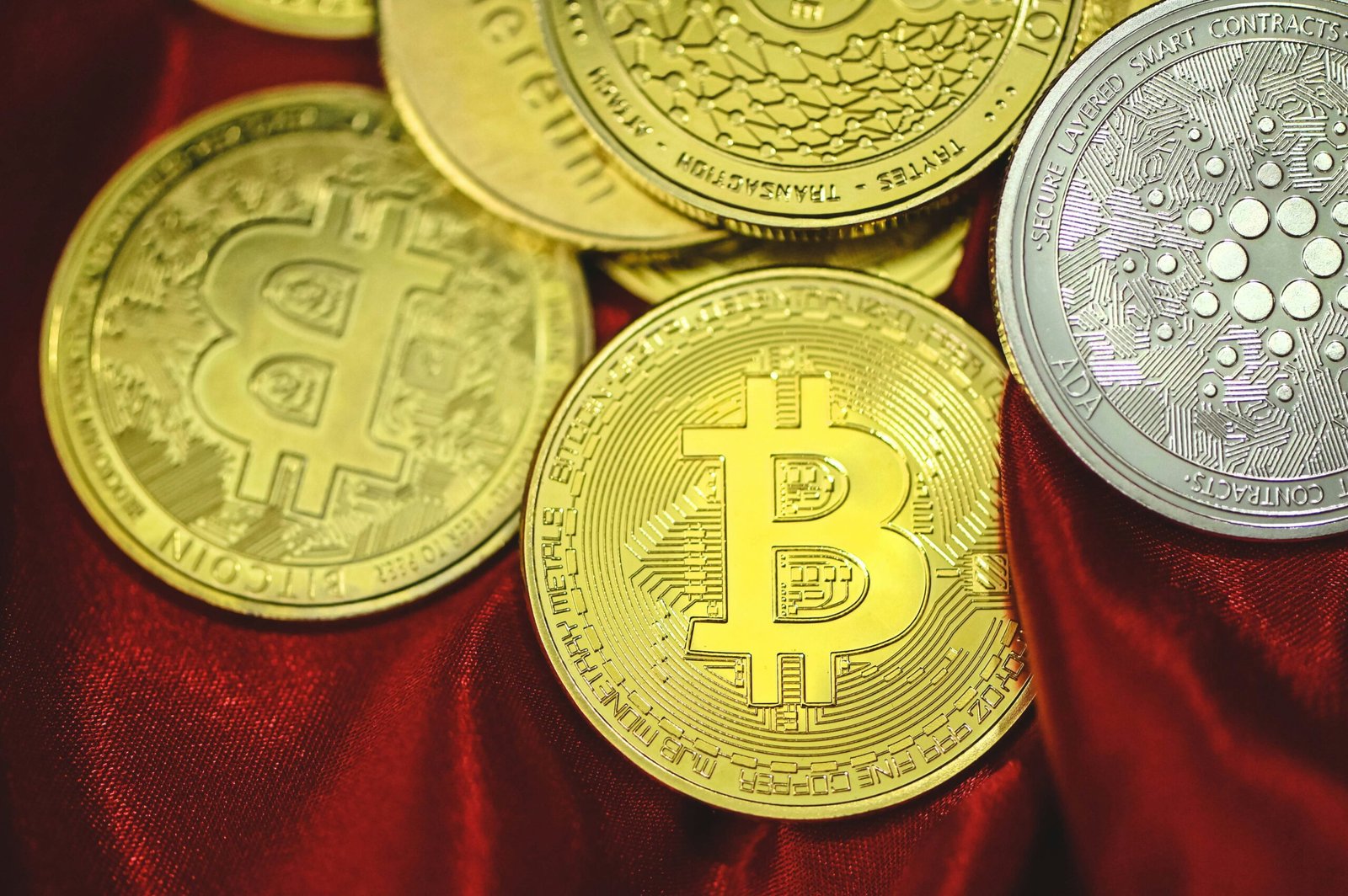Introduction to Cardano
Cardano is a blockchain platform that aims to provide a more secure and sustainable infrastructure for the development and execution of smart contracts and decentralized applications (dApps). Launched in 2017 by the IOHK (Input Output Hong Kong) team, Cardano has gained significant attention in the cryptocurrency space for its unique approach to scalability, interoperability, and sustainability.
What Does Cardano Do?
Cardano combines pioneering research with advanced technologies to offer a platform that facilitates the secure transfer of digital assets and the execution of smart contracts. It is designed to enable the development of decentralized applications and provide a robust infrastructure for the transfer of value.
Use Cases and Purpose
Cardano’s primary purpose is to provide a reliable and scalable platform for the execution of smart contracts and the development of decentralized applications. Its blockchain protocol enables the creation of custom tokens and the implementation of complex programmable logic, making it suitable for a wide range of use cases.
One of the key use cases for Cardano is in the financial sector. It aims to provide a secure and transparent platform for the transfer of digital assets and the execution of financial contracts. Additionally, Cardano can be used for identity verification, supply chain management, voting systems, and many other applications that require a decentralized and trustless environment.
Benefits of Cardano
1. Scalability: Cardano’s blockchain protocol is designed to handle a large number of transactions per second, making it suitable for high-demand applications.
2. Interoperability: Cardano aims to enable seamless communication and collaboration between different blockchain networks, allowing for the transfer of assets and data across multiple platforms.
3. Sustainability: Cardano uses a proof-of-stake consensus algorithm called Ouroboros, which consumes significantly less energy compared to the proof-of-work algorithms used by other cryptocurrencies like Bitcoin. This makes Cardano more environmentally friendly and sustainable in the long term.
4. Security: Cardano’s blockchain is built with a strong focus on security and aims to provide a secure and tamper-proof environment for the execution of smart contracts and the transfer of digital assets.
Drawbacks of Cardano
1. Development Stage: Cardano is still in its early stages of development, and many of its features are yet to be fully implemented. This means that some of the promised functionalities are not yet available or may undergo changes in the future.
2. Competition: Cardano faces stiff competition from other blockchain platforms like Ethereum and Polkadot, which already have a significant market share and established developer communities.
3. Complexity: The complexity of Cardano’s design and its focus on academic research may make it less accessible to developers and users who are looking for a simpler and more user-friendly blockchain platform.
Conclusion
Cardano is a blockchain platform that aims to provide a secure, scalable, and sustainable infrastructure for the execution of smart contracts and the development of decentralized applications. With its focus on scalability, interoperability, and sustainability, Cardano has the potential to revolutionize various industries and provide a more efficient and transparent way of conducting business. However, it is important to consider the current development stage of Cardano and the competition it faces in the market. As the platform continues to evolve and mature, it will be interesting to see how it shapes the future of blockchain technology.

